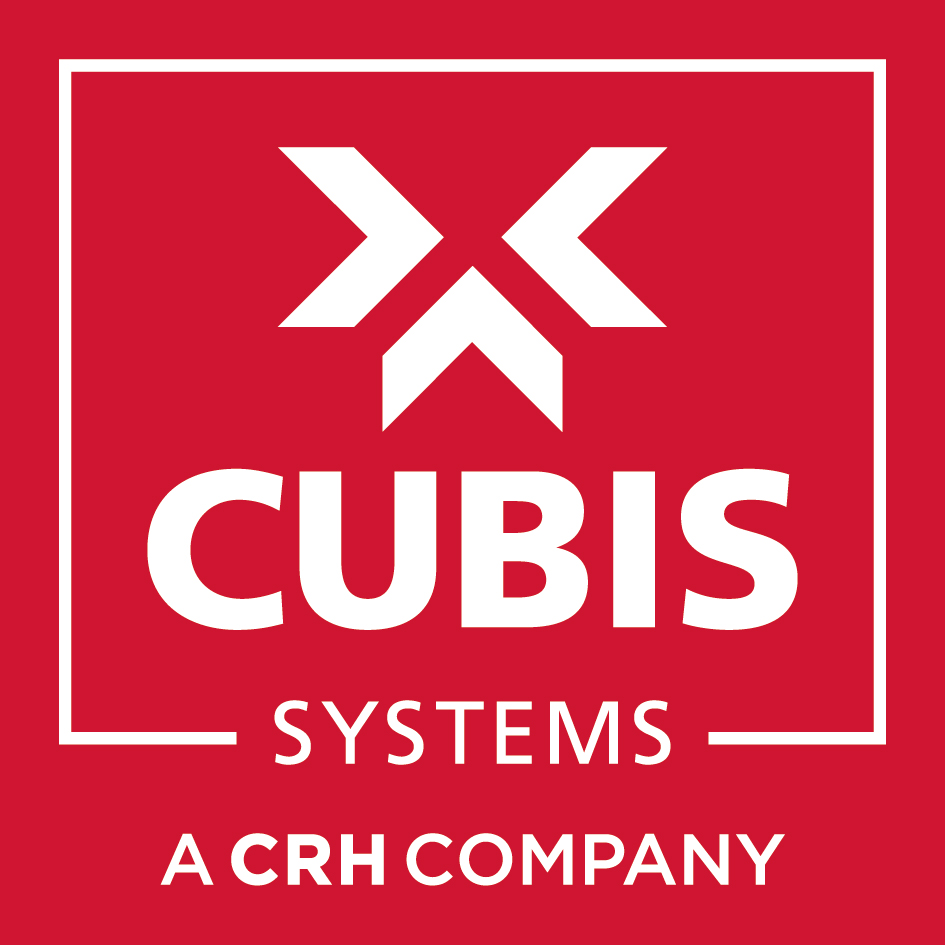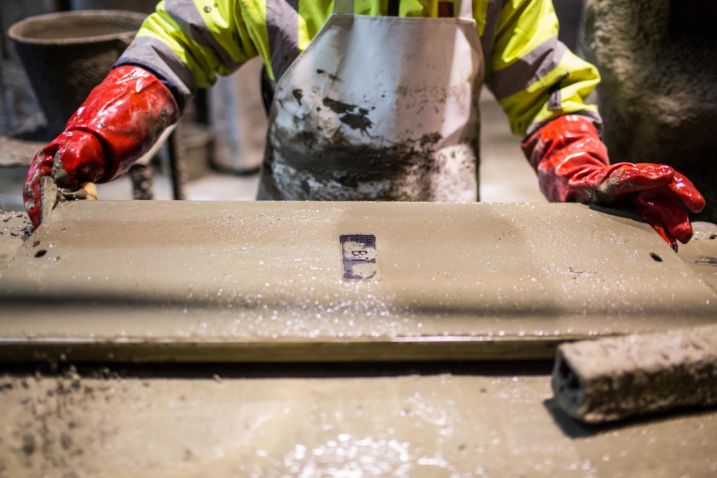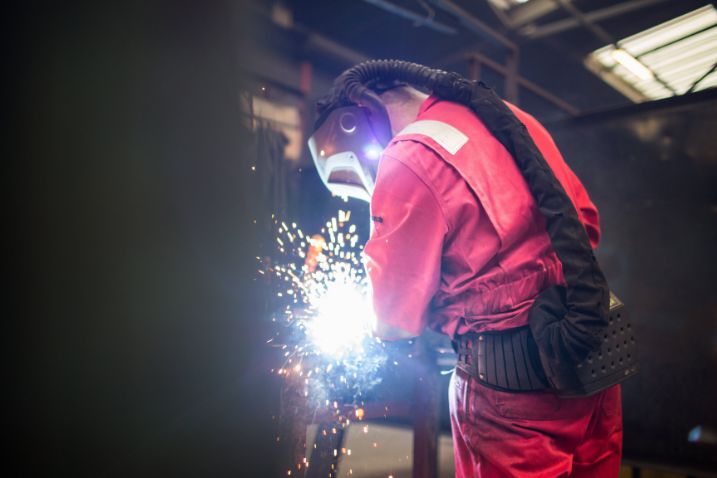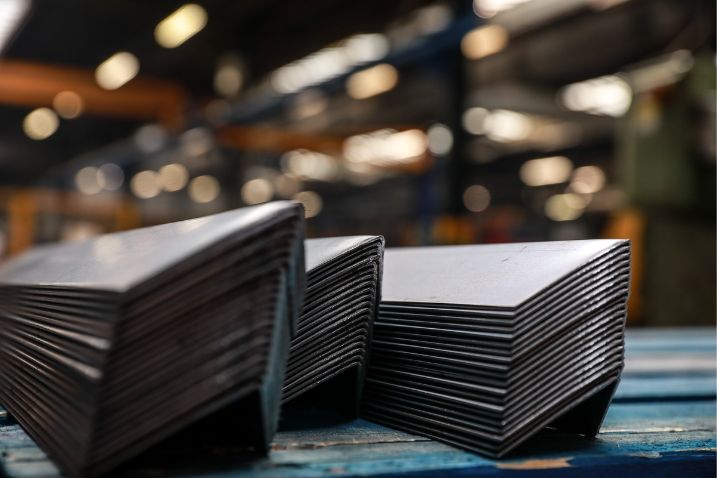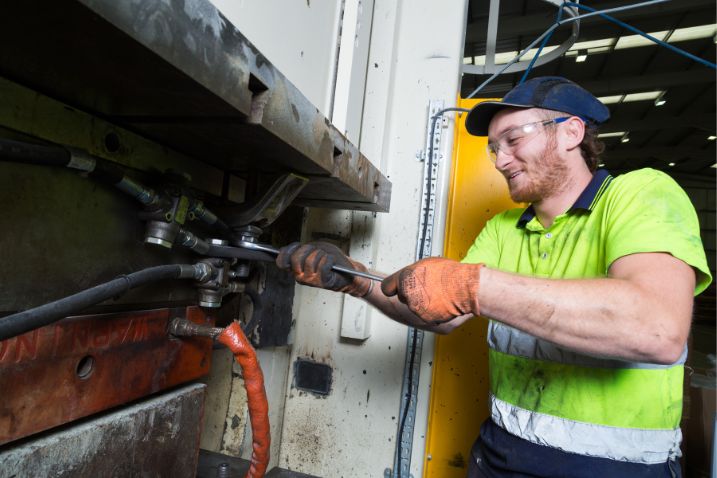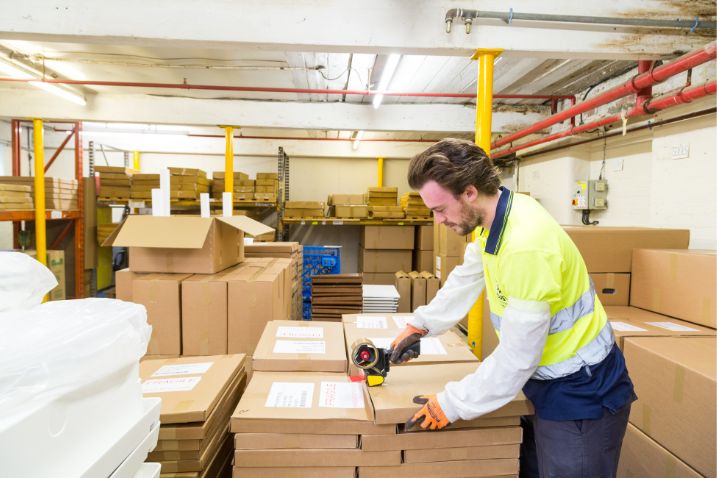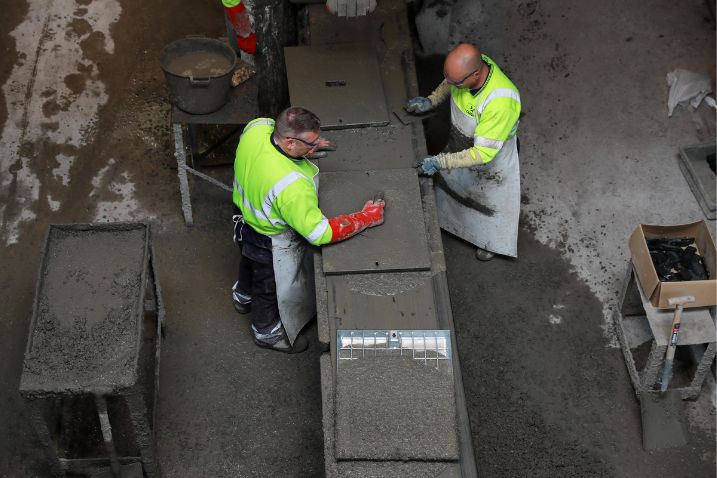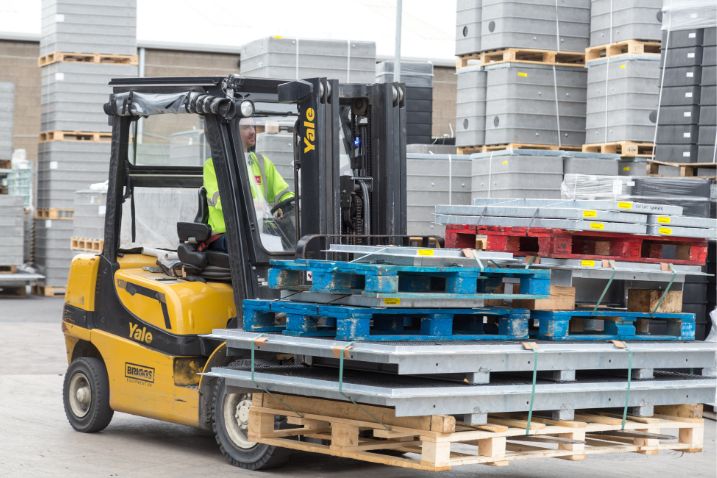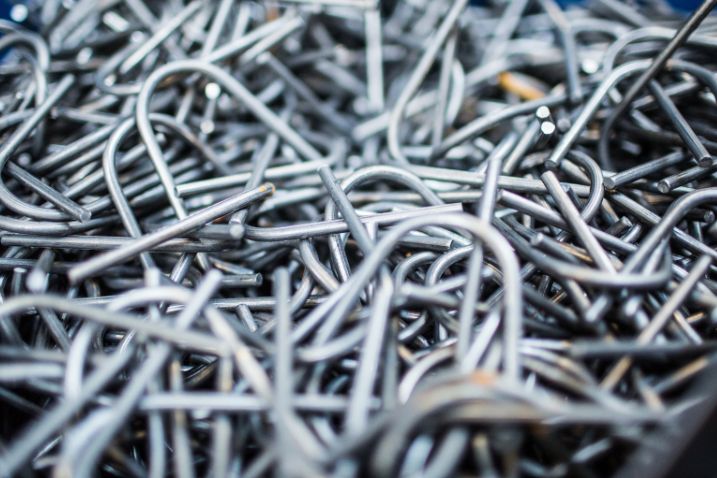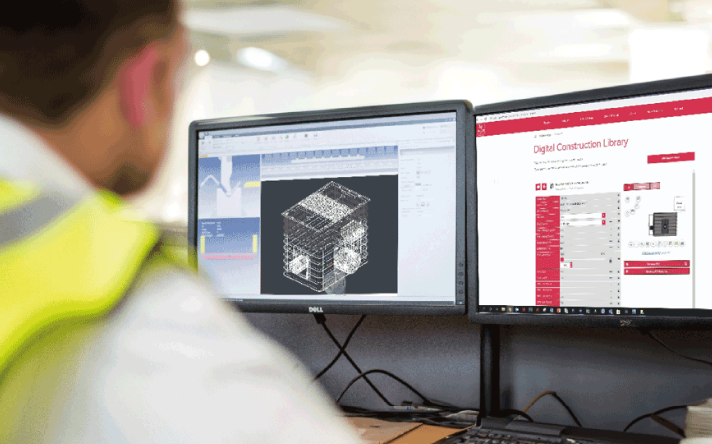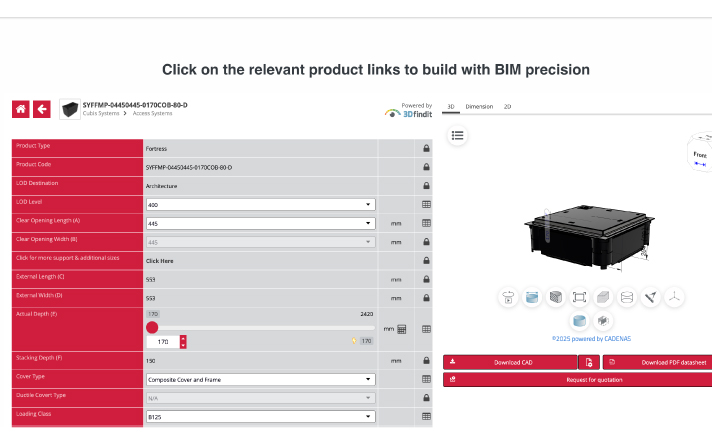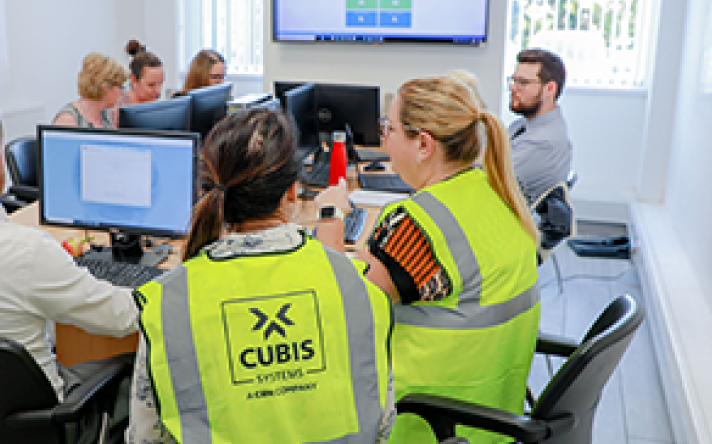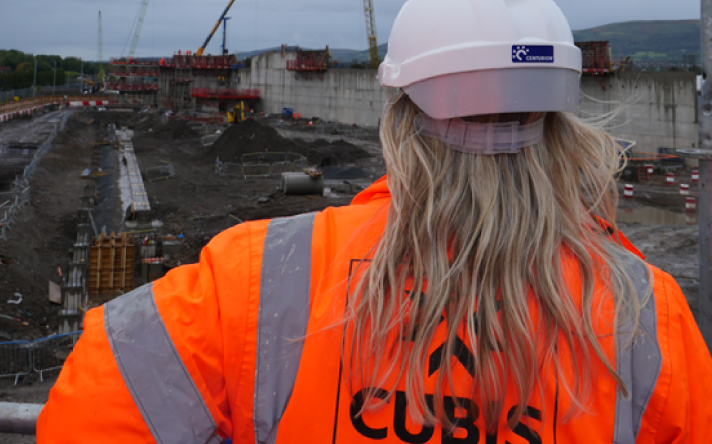Building a Greener Future
How Cubis Systems is Shaping Sustainable Infrastructure
The construction industry has long been considered one of the largest contributors to global carbon emissions, with traditional building practices and material usage consuming vast amounts of energy and natural resources. But the tides are changing. As global awareness of climate change grows, the demand for greener, more sustainable infrastructure solutions has never been higher.
In response, the UK government has set ambitious targets for net-zero emissions. The challenge is significant: moving away from fossil fuels, adopting renewable energy sources, and ensuring that the construction of our critical infrastructure is done with sustainability at its core.
This is where Cubis Systems comes in. As a leader in the supply of sustainable infrastructure solutions, Cubis Systems is tackling the challenges head-on. Here’s a look at how innovation, efficiency, and sustainability are central to every project we deliver.
The Challenges in the Construction Industry
The construction industry, while pivotal in meeting global development needs, faces several inherent challenges when it comes to sustainability:
-
1. Material Sourcing
Traditional construction materials, particularly concrete and steel, are resource-intensive to produce and have a high carbon footprint. Concrete, for example, is responsible for between 4-8% of global CO2 emissions. In fact, if the cement industry were a country, it would be the world's third or fourth-largest emitter of carbon dioxide. The industry’s reliance on these materials contributes significantly to environmental degradation.
-
2. Waste and Disposal
Construction and demolition waste account for around a third of all waste in the UK, and much of this waste is sent to landfill sites. This not only creates unnecessary environmental burden but also represents a missed opportunity to recycle valuable materials.
-
3. Energy Consumption
The construction process itself is energy-intensive. It typically requires substantial fuel and machinery, which contributes to high levels of emissions. From large equipment on site to the transport of materials, the energy footprint of construction projects can be staggering.
-
4. Installation Complexity
In many projects, heavy lifting equipment and a large workforce are required for installation. This leads to higher operational costs, longer project timelines, and additional carbon emissions – further slowing the pace of sustainable construction.
-
5. Lifecycle Sustainability
The long-term environmental impact of products used in construction is often overlooked. It’s not just about the materials used – but also their durability, recyclability, and ease of maintenance during the product’s lifespan. Finding affordable yet green alternatives remains a significant challenge.
Cubis Solutions: Addressing the Industry's Sustainability Challenges
Cubis Systems has positioned itself as a forward-thinking player in the construction industry by tackling these challenges head-on. We provide innovative, sustainable solutions that reduce carbon emissions and enhance project efficiency.
Our solutions are designed to meet modern construction needs, while also tackling the environmental challenges that the industry faces.
1. Revolutionising Materials: Recycled and Recyclable Product
Firstly, and perhaps most obviously, our products offer a composite plastic alternative to traditional concrete and steel materials. (Materials which, as highlighted, have high environmental costs in terms of carbon emissions and resource depletion.)
Above and beyond, we also prioritise the use of recycled materials such as polypropylene (PP) and high-density polyethylene (HDPE) in the production of our access chambers, cable protection systems, and other infrastructure solutions.
These materials are not only environmentally friendly but also offer a longer operational lifespan. In turn, this durability reduces the need for frequent replacements and minimises waste. Once the products have reached the end of their life, they can be fully recycled – further contributing to a circular economy.
Finally, in addition to using recycled materials, we are committed to reducing the demand for virgin raw materials.
Real-world example: Our UK site has successfully achieved up to 100% recycled PP in its products, and our operations in the Republic of Ireland have been able to incorporate 80-100% recycled HDPE through investment in on-site material processors.
2. Optimising Energy Use Through Digitalisation
The construction industry can be notoriously inefficient when it comes to planning, design, and logistics. Miscommunication, errors in design, and inaccurate projections can lead to wasted resources, increased costs, and unnecessary delays. To overcome these challenges, Cubis Systems has embraced digitalisation as a core component of our sustainability strategy.
First, our Building Information Modelling (BIM) library enables architects, engineers, and contractors to customise our products and adapt them to the specific needs of each project. By having access to a digital technical library, clients can:
- Avoid costly errors by planning projects more accurately pre-installation
- Reduce the likelihood of over-ordered materials / material waste
- Minimise unnecessary transport emissions
This leads to improved project timelines, better energy efficiency, and fewer resource-intensive revisions during construction.
Second, we also have tools that show customers the real reduction of carbon by adopting our solutions. We can calculate the tonnage of carbon saved by using, for example, the Cubis STAKKAbox™ vs the traditional concrete alternative. So, with Cubis, customers get heightened visibility and understanding of the carbon impact of their infrastructure project.
Real-world example: One recent rail customer was able to achieve a 75% reduction in CO2 emissions (282 tonnes) and use 30% fewer chambers using our BIM-powered redesign. In the process, they also saved £235,000.
3. Lightweight, Efficient, and Faster Installation
Traditional construction methods often rely on heavy lifting equipment and manual labour. This not only increases costs but also extends project timelines and contributes to higher emissions. At Cubis, we’ve tackled this problem by designing lightweight, modular systems that are quick and easy to install.
Our access chambers, cable protection systems, and other solutions are designed to be handled and installed by smaller teams. There’s no need for heavy machinery, and no need to bring in specialist equipment. In turn, this reduces both the carbon footprint of the installation process and the overall environmental impact of the project.
Plus, our flat-pack product options optimise shipping by reducing the number of vehicles required for transport.
Real-world example: A study on our PROtrough system revealed that it could reduce the number of trucks required by 80% compared to traditional concrete alternatives, offering substantial savings in both fuel consumption and carbon emissions.
4. Maximising the Product Lifecycle
Sustainability isn’t just about using the right materials — it’s also about designing products that last longer and require less maintenance. At Cubis, we invest heavily in the lifecycle sustainability of our products. We continuously test our systems through thermal aging and fatigue testing to ensure that they will stand the test of time — in even the harshest environments.
By creating durable products that require fewer replacements over the long term, we reduce the frequency of resource consumption and the environmental costs associated with product disposal.
Real-world example: We can provide Environmental Product Declarations for all our products. Our calculations show an 80.7% carbon reduction using Cubis Systems solutions over concrete alternatives
5. Collaboration and Green Partnerships
We understand that achieving sustainability goals requires collaboration across the entire supply chain. That’s why we work closely with contractors, clients, and suppliers to ensure that sustainability is embedded in every stage of the project lifecycle. Through our partnerships, we promote the use of green technologies and materials, helping our clients meet their own sustainability targets.
We also collaborate with external organisations – including universities and industry research groups – to stay ahead of emerging trends in sustainability and innovation. This commitment to research and development allows us to continually improve the sustainability of our products and processes.
Real-world example: We are actively involved in a project with a UK university to recycle wind turbine blades. Our trial focuses on whether we can use the extracted glass fibres from the blades in our materials – thereby replacing virgin glass in our GRP.
A Legacy of Sustainability: Building a Better Tomorrow
As part of the wider CRH group, Cubis Systems is aligned with a global commitment to sustainability. Through continuous innovation, digitalisation, and smarter construction practices, we are contributing to a more sustainable construction industry and a greener, more sustainable future.
We are committed to ensuring that every product we produce, every project we support, and every innovation we bring to the table contributes to a greener, more sustainable world. Together, we can build a future where both infrastructure and the environment thrive.
